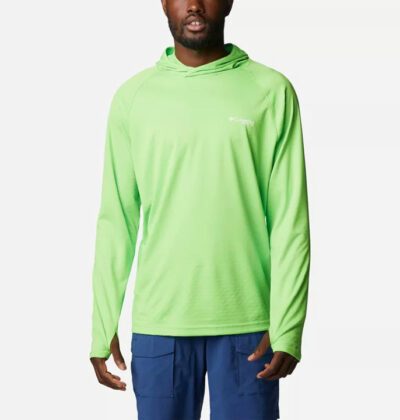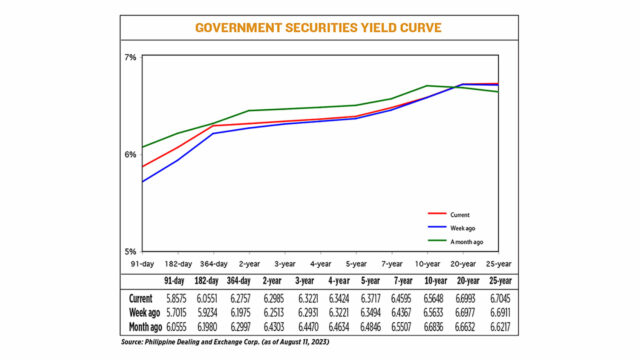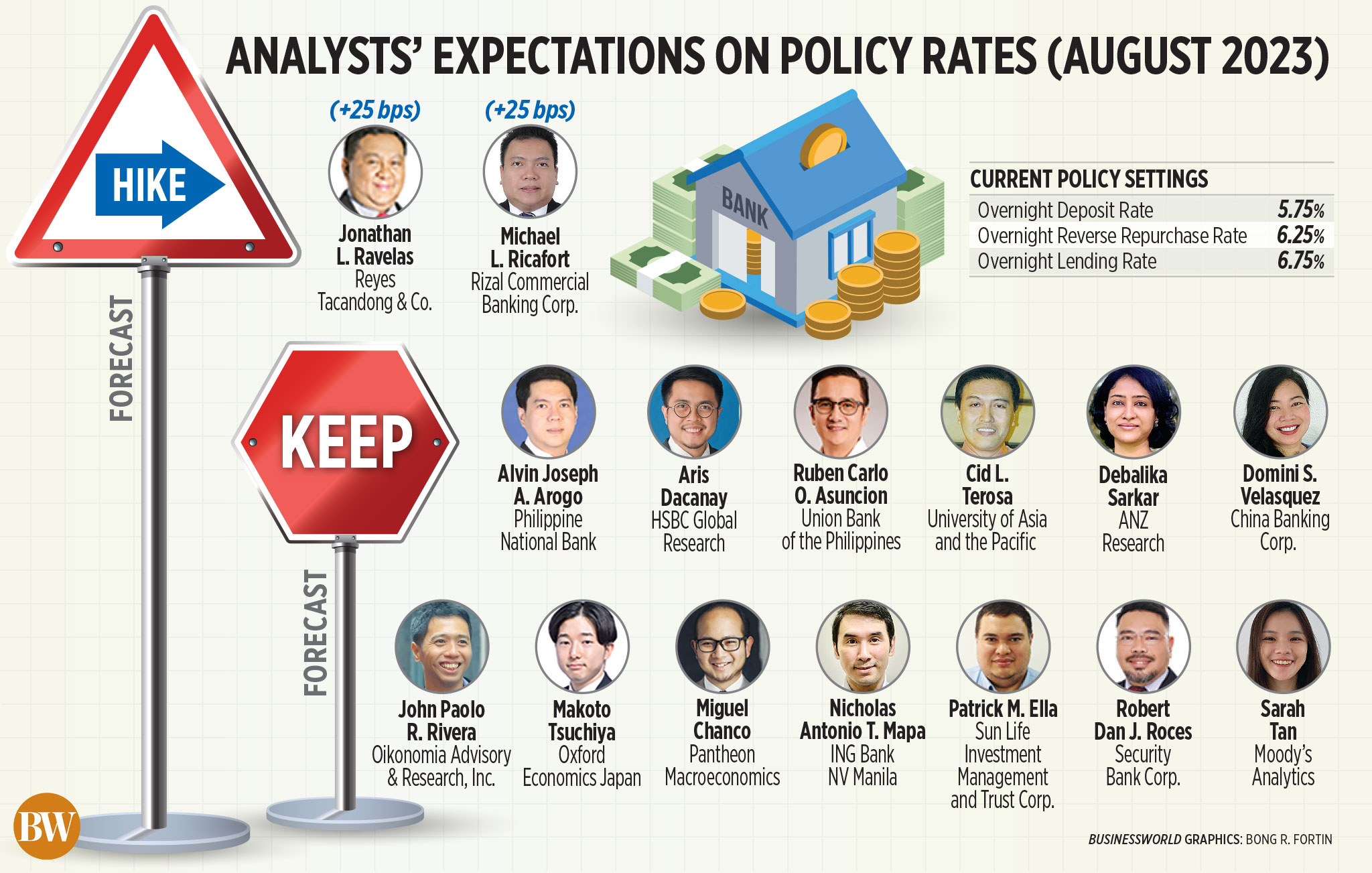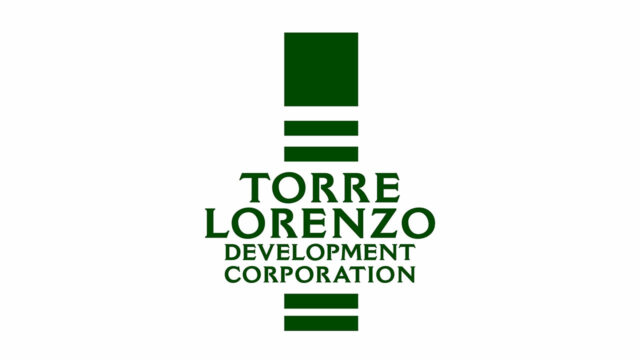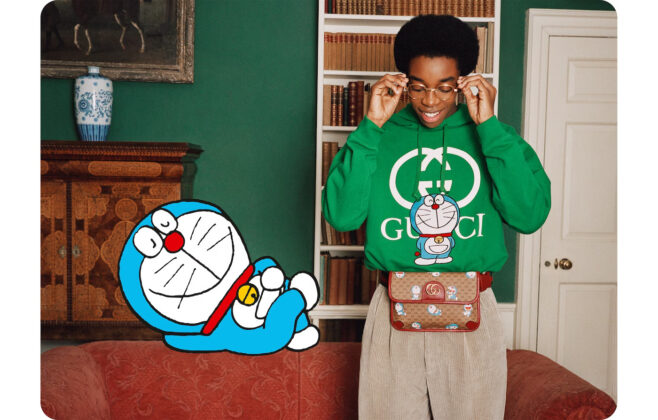THE NUMBERS sound almost implausible. As Brazilian consumers fall behind on debts and rattle a slew of financial-technology (fintech) startups in Latin America’s largest economy, one venture keeps notching ever higher.
Nu Holdings Ltd. now has reeled in enough customers — more than 85 million and counting — to rank among Latin America’s largest financial firms. The online bank and credit-card issuer, with early backers including Warren Buffett’s Berkshire Hathaway, Inc., has watched its stock soar more than 90% this year, for a market value 200 times greater than its most recent 12-month reported profits. And to protect earnings, the firm has boosted rates on its cards — in some cases touching 790%.
Welcome to Latin America’s fintech shakeout, where economic turmoil is threatening to upend thousands of startups across the continent and leaving relatively few to dominate. It’s a swift turn in a decade-long rush by venture capitalists into the region, speeding up the process of deciding winners and losers.
Nubank is among a handful of platforms, such as Mercado Pago, the fintech arm of e-commerce giant MercadoLibre, Inc., that have managed to reach critical mass and stay ahead of the economic quakes. Others are merging to strengthen their position in the market. Many more are cutting workers, shelving ambitions or in some cases selling assets, going dormant or shutting down.
In one of the starkest signs yet of the shakeout, a report to be published by data provider Distrito later this month shows the number of fintechs being launched has plummeted in Latin America to just a half-dozen this year — down from a peak of 290 in 2018.
“When there is less capital available there are fewer fintechs born,” said Distrito Chief Executive Officer Gustavo Araujo. “Before, with interest rates close to zero, investors wanted growth at any cost. Now, with higher rates, investors are seeking healthy companies capable of expanding in a sustainable way.”
Even then, there are mounting questions among analysts over whether the biggest fintechs can maintain their eye-popping profitability and continue to expand.
Startups that got going by catering to poor people are likely to run into stiffer competition as they try to woo middle-class customers away from traditional banks. In other major markets, such as Mexico and Colombia, there are now ample competitors and tighter credit spreads.
And in Brazil almost 72 million people were late on debt payments at the end of June. Lenders have compensated for that by boosting interest they levy on loans. By the middle of that month, average rates on revolving credit-card lines reached almost 350% at Nubank and 560% at Mercado Pago, according to the central bank. Rates for individual borrowers can vary widely, and in some cases are hundreds of percentage points higher.
That’s fueling a political debate.
Card rates are “stratospheric,” Finance Minister Fernando Haddad complained earlier this year, floating the possibility of imposing a cap. Nubank and traditional banking rivals were initially able to quell that discussion, saying it’s the only way lenders can keep credit available in the current environment. But last week Mr. Haddad brought up the issue again, calling the charges “shameful” and promising to take measures.
The conundrum, central bank chief Roberto Campos Neto added Thursday, is that if rates are capped, lenders will close card accounts, potentially slowing spending. “It’s something you know how it starts but not how it ends,” he said.
The reality, according to Nubank Chief Executive Officer (CEO) David Velez, is that fintechs are forcing banks to lower their fees. He estimates his firm has saved customers 39 billion reais ($8 billion) in what they would have paid otherwise.
When his firm was founded in 2013, “financial services were a market outside the ‘realm’ of entrepreneurs, a market hitherto dominated by the largest companies in Latin America,” Mr. Velez said in a statement. “We broke the glass ceiling and allowed other entrepreneurs to enter this market, in different verticals. In a way, we were leaders of this revolution in the industry, and we are very proud of it.”
SOFTBANK’S BILLIONS
Venture capitalists flocked to Latin America after watching the meteoric rise of fintechs in Asia, where WeChat and Alipay became global behemoths by signing up China’s unbanked masses. Hoping for a similar feat in Latin America, backers pumped capital to legions of startups, especially in Brazil, aiming to capitalize on improvements in digital infrastructure in areas long ignored by banks.
SoftBank Group Corp., making the biggest bet, set up a $5-billion fund dedicated to the region in 2019 and 30 months later announced a second with $3 billion. Capital and financing came from Brazilian billionaires Jorge Paulo Lemann, Marcel Telles and Carlos Sicupira, as well as stalwarts of Silicon Valley and US finance, such as Sequoia Capital, Goldman Sachs Group, Inc., JPMorgan Chase & Co. and Visa, Inc.
Nubank was among the first to get its footing. The firm targeted young, poor, unbanked clients. Its big lure was a digital credit card without fees.
Its well-connected co-founders — CEO Velez had been a partner at Sequoia, Cristina Junqueira a card executive at Itau Unibanco Holding SA and Edward Wible a software engineer at Boston Consulting Group —quickly found backers. By early 2016, Goldman began pumping in hundreds of millions of dollars in finance to help Nubank ramp up lending.
When the pandemic arrived in 2020, online commerce got a boost and digital banking and payments took off. The next year, venture capital investments in Latin American fintechs reached a record of $6.16 billion, according to the LAVCA association for private equity investments in the region. That December, Nubank raised $2.8 billion in an initial public offering valuing the firm at $45 billion — more than any bank in Latin America at the time.
Many other fintechs were planning to announce their own public offerings, but everything changed when interest rates climbed in the US, Europe and Latin America. As bonds offered juicier returns, the appetite for risk that drove many venture-capital bets began to wane.
The fading investment frenzy left behind some 2,595 startups offering credit, cryptocurrencies, payments or general financial infrastructure services born in Latin America, according to Distrito’s report, which drew on support from SoftBank and Upload Ventures. That includes 403 in Mexico and 1,476 in Brazil.
Their combined share of outstanding credit in Brazil — about 4% — shows that many lending platforms have yet to gain momentum.
In an era of higher interest rates, legions of small ventures will struggle to get the additional capital they need to grow.
That gives an advantage to larger fintechs that have established funding sources, deposits from clients and the ability to adjust what they charge borrowers.
“The sheer magnitude of local interest rates tends to compensate for higher delinquency through the cycle and positions credit as one of the most valuable businesses for startups in Latin America,” said Pedro Pereira, head of technology investment banking for the region at Bank of America Corp.
Nubank, which pays savers about 11% for deposits, generated $815 million in net interest income in this year’s first quarter, more than double a year earlier.
Smaller fintechs that want to succeed in a world with less capital available will need a product “a thousand times superior to what already exists on the market,” and will probably have to cut costs and abandon projects that aren’t central to their strategy, Nubank CEO Velez said.
The shakeout also offers another big lesson: For a fintech to survive in Latin America it may need to act a bit like a traditional bank. Indeed, Nubank is emulating some aspects of the incumbents it once sought to challenge. Back then, it chided traditional lenders for offering interest rates that were about 50% higher.
“Something is really, really broken here,” Mr. Velez told Bloomberg in an interview in 2015, referring to rates as high as 500% on cards issued by big banks. “In a competitive market, you wouldn’t see those.”
‘NOT ALL WILL SURVIVE’
The arrival of fintechs set off an oversupply of credit in the region. Some previously unbanked consumers signed up for as many as six cards.
By the end of last year, almost half of nonbanks’ Brazilian credit-card customers had low incomes, compared with about a quarter at the big banks, according to a report from Fitch Ratings. A sharp rise in the nation’s benchmark interest rate to almost 14% from 2% in just 15 months hit those borrowers especially hard. Last week, the central bank started easing, cutting rates by 50 basis points to 13.25%.
Big lenders can adjust and weather the storm, said Pedro Carvalho, a Fitch analyst.
“Most at risk are the smallest fintechs,” he said. “One thing is certain: Not all will survive.”
Mercado Pago — offering loans, credit cards and a popular payments platform — accounted for about 44% of retailer MercadoLibre’s revenue in the second quarter, up from 31% a year earlier. Its $3.3-billion credit portfolio compares with Nubank’s $12.8 billion.
But Mercado Pago’s new lending is expected to decelerate in 2023’s more challenging environment, higher funding costs and increasing household indebtedness in Brazil. On Thursday MercadoLibre announced Chief Financial Officer Pedro Arnt is leaving after two decades to pursue new opportunities. He will be replaced by Martin De Los Santos, a senior executive in its credit division.
Nubank wants to expand into the middle class, where competition with big banks is stronger, and in secured lending, such as payroll lending and credit with collateral, where delinquency rates are lower. Fintechs such as General Atlantic-backed Neon Pagamentos, a Brazilian unicorn that received a capital injection from Banco Bilbao Vizcaya Argentaria of $300 million last year, are also growing and competing for the same clients.
EXPANDING ABROAD
Other markets look tough, too.
Nubank, which generates 90% of its revenue in Brazil, faces risks with its effort to expand into Mexico. There, incumbent banks have already set up digital platforms to compete with fintechs, in some cases allowing them to operate more independently and enter strategic alliances, said Alejandro Tapia, another Fitch analyst.
Banorte, Mexico’s second-biggest bank by loan portfolio, for example, partnered with ecommerce and Bogota-based delivery-service firm Rappi on a credit card. Argentine fintech Uala got regulatory approval to acquire Mexico’s ABC Capital Bank and expand operations in the country, launching a high-yield savings account.
Mexico’s economy is more informal with credit-card transactions amounting to only 20% of the volume in Brazil, according to a report by Citigroup Inc. And its credit spreads are also much tighter, making it more difficult to compensate for loan losses. Four non-bank lenders defaulted over the past two years.
“Mexico is a country with great potential,” Nubank’s Velez said. “The opportunities are enormous, as service penetration is much lower – an estimated 60% of Mexicans are unbanked. But, as always, we have expanded our operation attentively and cautiously.”
FIRING THOUSANDS
Amid such challenges, many Latin American fintechs are adjusting course. They have fired more than 2,000 staff in the past 12 months, according to data compiled by Bloomberg. That includes PagSeguro Digital Ltd., a provider of credit-card machines for small and midsize companies that eliminated about 500 positions, or 7% of its workforce.
One of the pioneers in unsecured loans to individuals in Brazil, Open Co., backed by SoftBank and LTS Investments, the family office of billionaires Lemann, Telles and Sicupira, recently announced a merger with BizCapital, which provides credit for small firms. Open Co. itself was already the result of a merger between Geru and Rebel.
Some banks are reintegrating their digital platforms or closing them. At Bradesco, digital bank Next was reincorporated into the bank and clients of its digital credit-card portfolio Bitz were invited to instead open an account at its other fintech, Digio. Banco Safra SA, Brazil’s eighth-biggest bank, integrated clients from its fintech AgZero to an internal digital account named Safra One.
Meanwhile, lower-income Brazilians who piled on too much debt are falling further behind, struggling to pay bills or rents, and in some cases opening credit lines with even higher interest rates as they try to make ends meet. Once interest payments get compounded their debt snowballs even further.
The political situation is now so intense that President Luiz Inacio Lula da Silva recently announced a 50 billion-real fiscal stimulus to help lenders renegotiate unpaid debts. Banks that agree to forgive a portion of qualifying customers’ outstanding debts can get a tax credit of an equal amount.
Now, “when you see the data from the central bank, you realize that many fintechs charge clients with interest rates that are even bigger than banks,” said Isaac Sidney, president of Febraban, an association representing the big banks. “That’s no longer a trophy they can call theirs.” — Bloomberg






